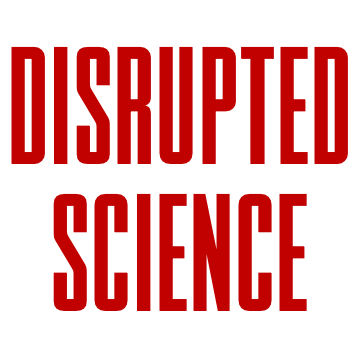The NIH Comes for High APCs
The clowns are running amok — at the NIH and COB
A related post by Joy Moore is available on our companion newsletter, “Disrupted Science.” Add this to your subscription to receive bonus content on topics directly related to our forthcoming book.
Go to your account at the top of the page, click on “Manage” for your emails, and add it to the emails you receive from us.
Yesterday, the NIH issued a press release about “plans to implement a new policy that will cap how much publishers can charge NIH-supported scientists to make their research findings publicly accessible.” Citing a high APC of $13,000, the NIH is using the arguments leveraged by OA advocates over the years:
- Taxpayers paid for the research, so shouldn’t have to pay to access reports about that research
- This is a bogus claim — the research is not the report — but let’s revisit this question in a different context below . . .
- APCs should be normalized and uniform
- The public is a legitimate audience for scientific research results
The last point is crucial, as the press release notes that this is part of “a broader effort to restore public trust in public health by promoting open, honest, and transparent scientific communication.”
- Oddly, it came from the NIH itself and not OSTP, a more typical route for announcements like this.
Nice words, but for two glaring problems:
- These clowns are eroding the trust of the public in everything having to do with medicine and science, making these sentiments ring especially hollow. Why are numerous professional medical societies suing these jokers? Because they’re restoring trust in science? Or actively undermining it?
- With measles spiking, reaching the highest number of infections in more than 30 years after having been declared eradicated in 2000, guess what? OA articles haven’t helped, public access hasn’t helped, and science is not on stronger footing because the public has putative, cost-free “access.” Largely thanks to the confusion sown and trust lost over the past few decades, the public can be whipsawed by medical and health science claims more than ever. More articles at no cost is not an answer.
“Flooding the zone” seems to be a problem in most fields, and this is what OA has accomplished. The actual effect was put well by historian Jason Steinhauer in his 2021 book about what a flood of information has done to the public’s knowledge of history:
[The] proliferation of information about the past online does not equate to a better understanding of history, however. The fragmentary nature of . . . widely varying quality and agendas, with no uniform ethics or standards, compels individuals to try and derive meaning from simplistic, controversial, pseudo-academic, and conspiratorial sources intermixed with scholarly and journalistic ones. The results can be confounding. One college student told me the amount of historical information she saw online was so overwhelming that it was nearly impossible to find what was useful.
This is what OA has given us — access on such a scale and with such variable pedigrees that it is effectively useless, rendered moot by itself. It is access in name only.
Given their possible interest in launching self-serving “gaslight journals,” a policy to cap expenses seems like another way to hassle independent publishers, hurt their finances, and create pathways to the government picking winners and losers. Springer Nature weeps, PLOS celebrates?
- This seems like another nail in the coffin for large-scale commercial OA, coming on the tails of the “one country, one subscription” in India, the gradual collapse of support for Plan S, the moves of Gates, and so much more
As to where the NIH might be receiving advice about such moves, let’s recall a few things:
